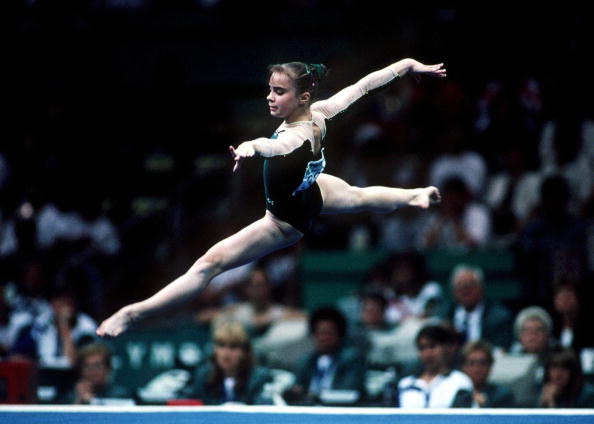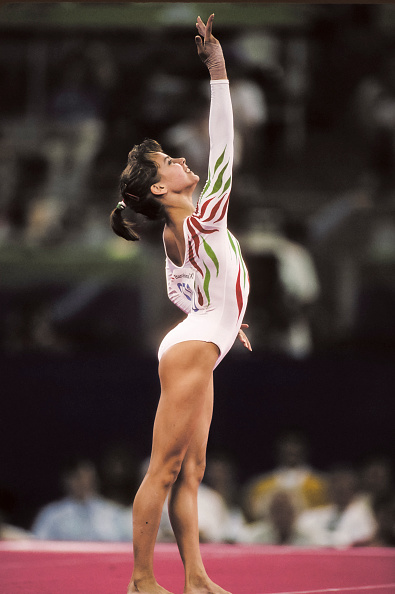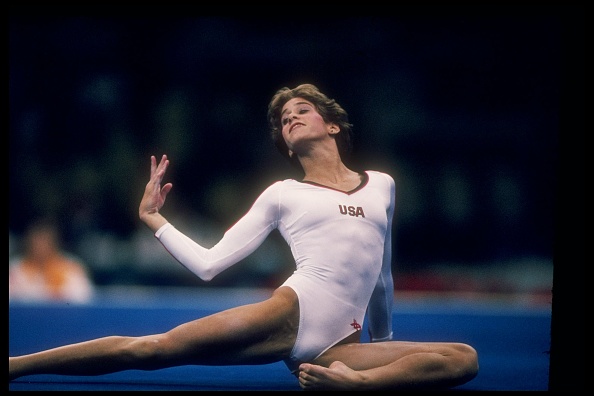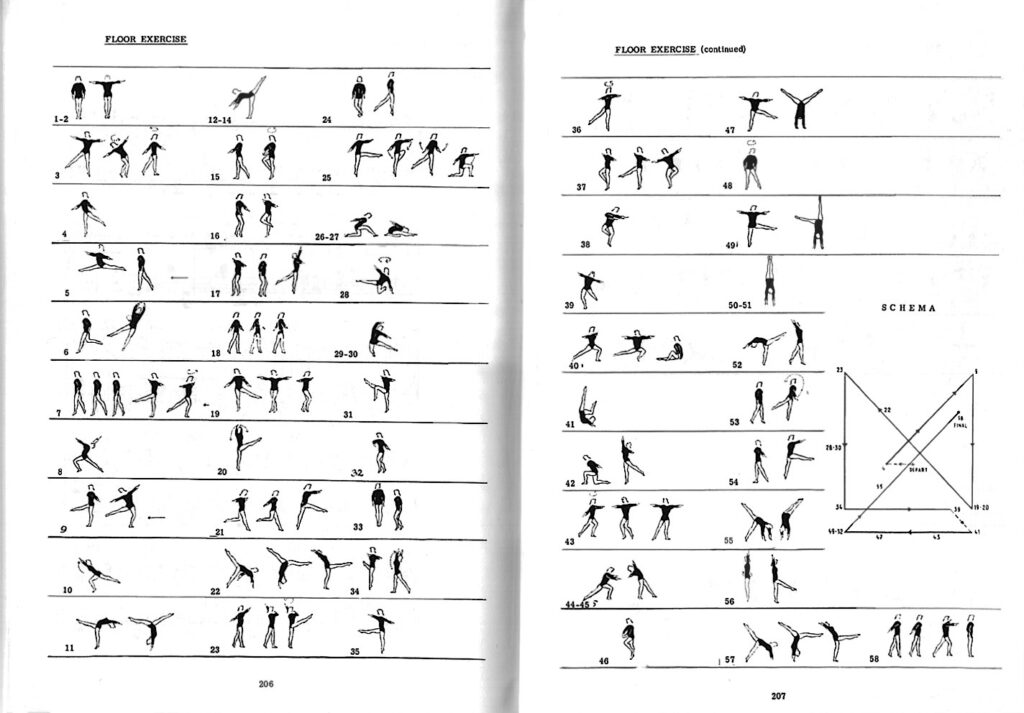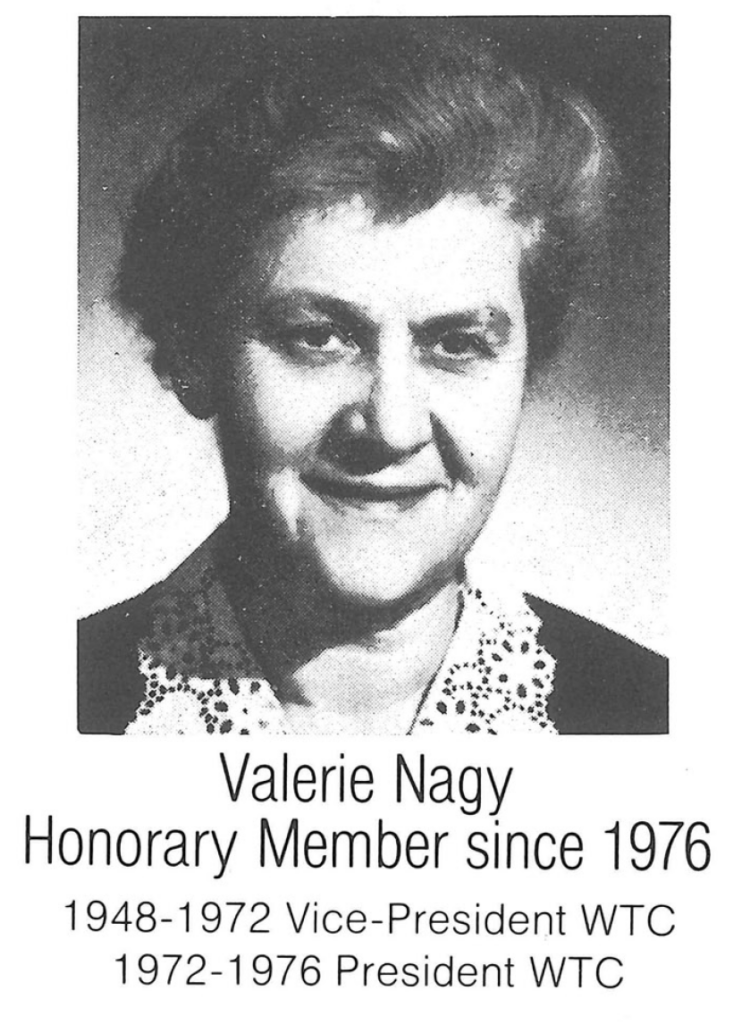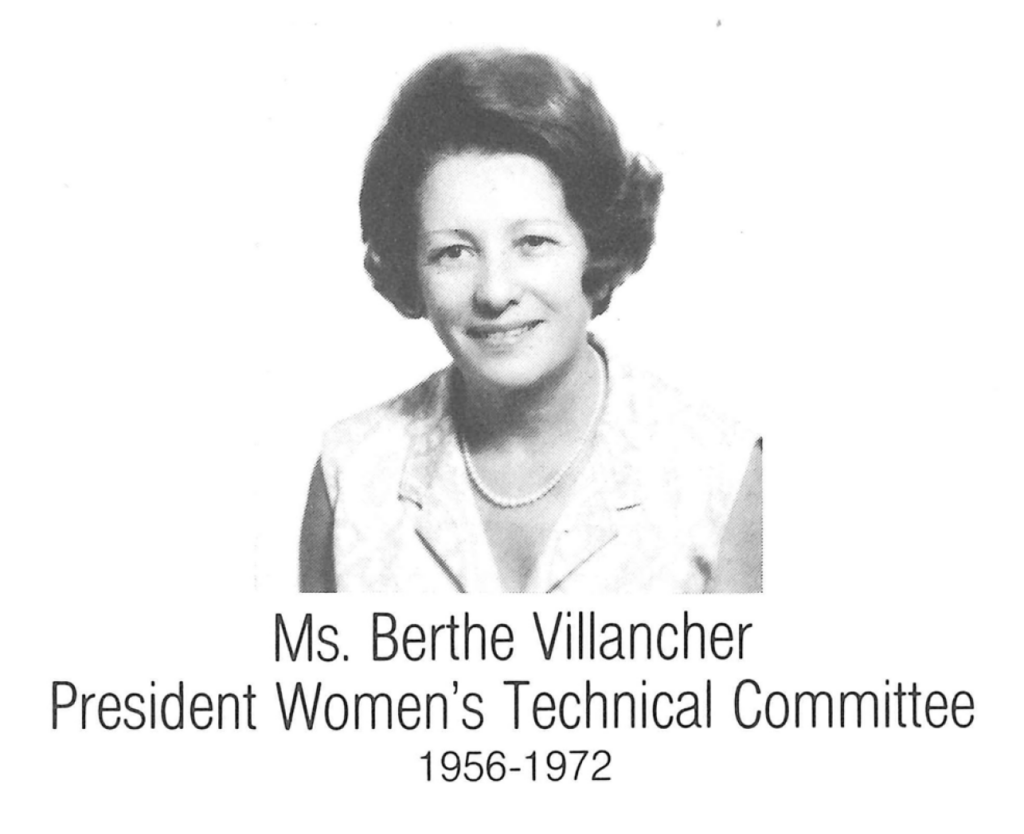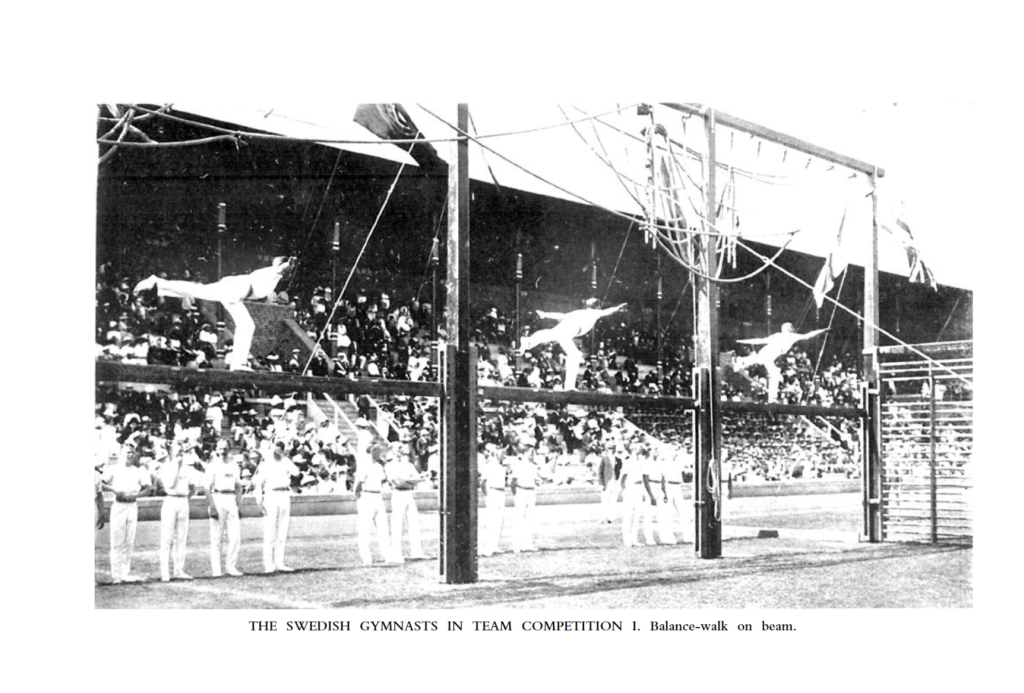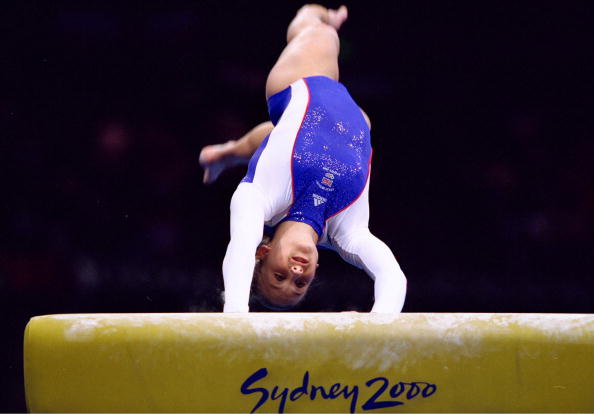During the 1913 International Tournament, the “Slavs vs. everyone else” mentality became further entrenched. The Slovenians and the Czechs felt disadvantaged because they were outnumbered on the judging panels. Plus, the text of the compulsory routine on rings changed, and the two Slavic teams were not notified of the change. Nevertheless, the Czech team won its third team title, defeating the French once again.
It’s unclear how diligent the judges were. Reportedly, one judge didn’t even watch some of the routines.
1913 also marks the (temporary) simplification of the scoring system. In Paris, all scores were out of a 10.0. Previously, the apparatus events were out of a 12.0 at the International Tournament, with 1 point for the mount, another point for the dismount, and 10 points for the routine.
Similarly, the track and field events were also out of 10 points in 1913. Previously, the scoring system had been ever-changing at the International Tournament: 10 points in 1903, 20 points in 1905 and 1907, 15 points in 1909 and 1911.
(Don’t worry, the scoring system would become complicated once again.)
